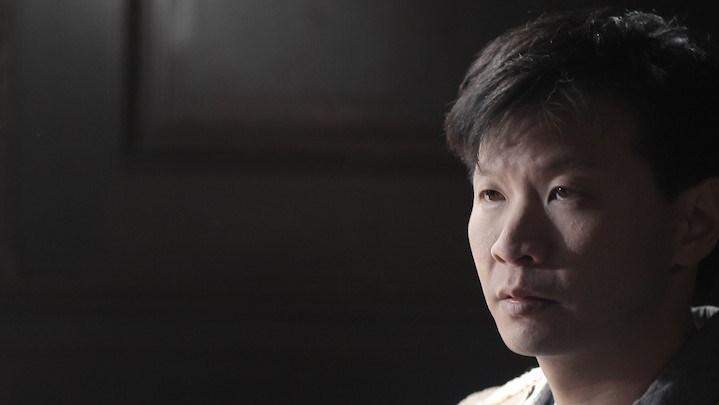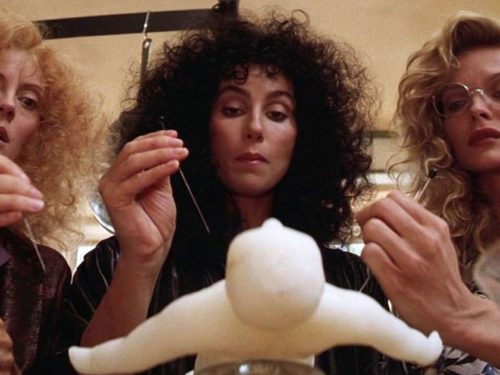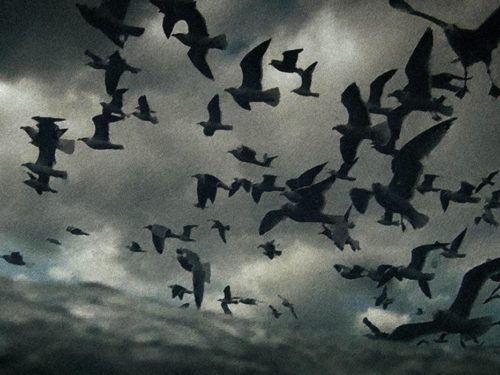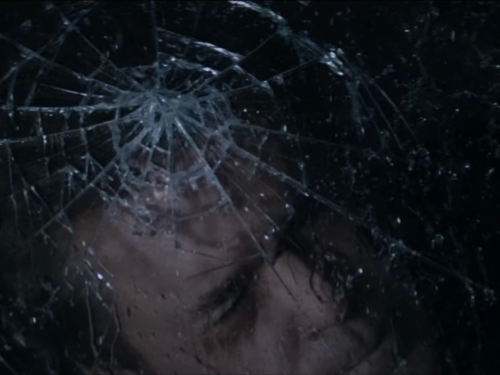In the first of a two-part discussion, director Patrick Wang breaks down his four films, beginning with In the Family and The Grief of Others
Patrick Wang is among the best and most original filmmakers of the last decade. Before the holidays, I spoke to Patrick about directing each of his feature films as well as working in independent theater, imitating titans of Russian literature, and rejecting conventional wisdom at each stage of the creative process.
In the Family (2011)
At once intimate and expansive, Patrick Wang’s first film is a domestic epic that defies easy description. Joey (Wang) is raising 6-year-old Chip (Sebastian Banes) alongside Cody (Trevor St. John). They met shortly before Chip’s birth and have been together since shortly after his mother’s death. Their shared twangs tip us off to the Southern setting, but their life seems happier, their relationship safer than cinematic convention has led us to expect for queer couples below the Mason-Dixon. Then, Cody is killed in a car accident and the nature of Chip’s family is called into question. What follows is a uniquely affecting legal drama, show-stopping closing statement and all.
Split Tooth Media: I love a movie that teaches you how to watch it by familiarizing you with its rhythm from the get-go. You open with a slow fade-in, with the sunlight, which I think prepares us for the film’s length and its pace. Then we get that awful alarm (which we’ll hear a couple times throughout the film) and it cues us into the fact that you’re doing something a little different, that we don’t really know what to expect. I’m interested in learning where the film started for you. Was it an attempt to subvert our expectations for the subject matter?
Patrick Wang: I’ll give you two answers. One is related to how you describe the opening of the movie and that idea of ‘learning how to watch.’ I don’t have a lot of specific references for a lot of my movies, but that moment has a very specific origin. I had seen Robert Wilson’s production I La Galigo, based on an Indonesian creation myth. And one of the things Robert Wilson does very well is recalibrate you for the rules and the pace of whatever you’re watching. The idea of opening the movie up piece by piece was directly inspired by him. The script itself was born from just a little slice of the scene that popped into my head, an image of what would end up becoming the central family. It was just two dads and their kid playing soccer, no real narrative thrust, just a soccer game. I started wondering about them and what their life was like, asking a series of questions: Where are they? Who are they? What is their life like? Eventually details started to reveal themselves. Projects tend to start out of that kind of curiosity. If I find something interesting and it can keep me interested for some time then my feeling is that it’ll be interesting to someone else down the line too.
Related: Su Friedrich Reflects On 30 Years Of Sink Or Swim
Anybody who has seen your films or read about them has probably learned at least a little bit about your background. Your Wikipedia page and most interviews and profiles make note of the fact that you studied economics at MIT rather than taking a more ‘traditional’ route to filmmaking. Nevertheless, the eclectic nature of your work suggests a lifelong education in the arts. When did you start to nurture your appreciation of theater, film, and literature?
It was very slow. Even for literature. I remember confessing to a friend of mine a few years ago, ‘I’m embarrassed. I feel like I’ve just learned to love reading.’ That thing that kids do at like 6 or 7 I was only really doing at 40. So, I’ve tended to come to things later or at least find a deeper love later. It’s not like I didn’t read before or waited to see movies until I reached a certain age, but I think it took becoming a practitioner and starting to think of myself as a practitioner and that came pretty late. My involvement with theater began when I was an exchange student in Argentina at 15. My host mother was very immersed in pretty much any art you can think of. She was a storyteller, a painter, lots of things. She put me in my first play, just threw me up on the stage. It was her view that you should take part in creating art rather than just watching it. People were always coming through the house and working on all sorts of creative projects. That really opened me up to the idea that you can just have fun with all these things and that everybody’s allowed to. MIT had a good atmosphere as well. There were a lot of arts programs and artists there. Boston’s a very artsy city with a lot of energy, especially in the independent arts scene. Not being in a conservatory was very liberating. It gave me the opportunity to explore. I did a lot of work in community theater — the spirit of which is most felt in A Bread Factory. You could learn anything there by asking around and helping people out — from costuming to building a set.
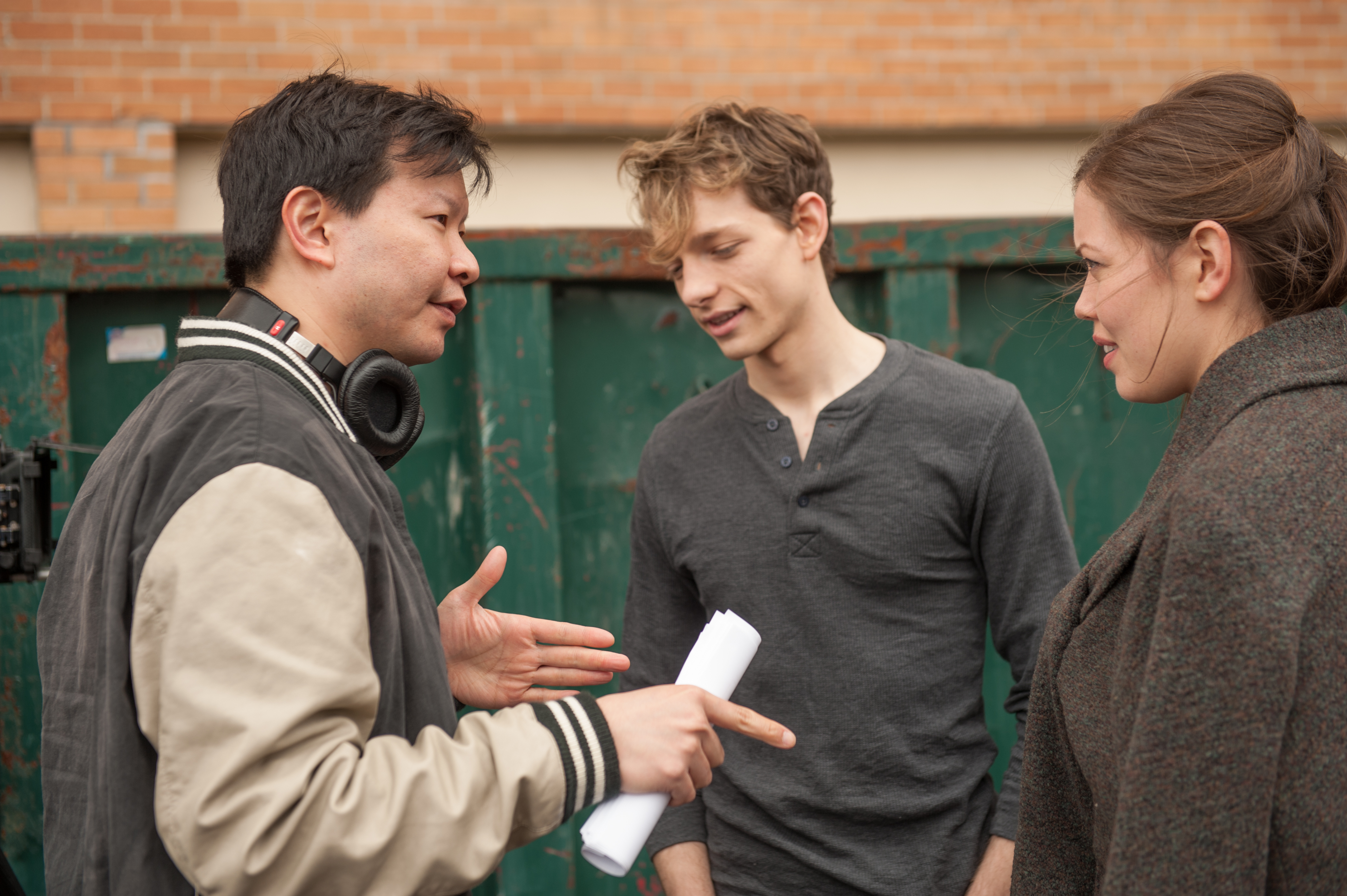
Your character in In the Family details a similar youthful immersion in the arts and, like you, is a multi-hyphenate in his work who describes ‘picking up’ new skills throughout the years. Could you speak some more about the process of learning on the job as an artist?
My first experiences as a producer came in those independent theaters where you really have to do and learn everything. Not everything takes a lot of learning. Cleaning the bathrooms, for example, takes effort and humility, but there isn’t much learning involved. You learn a lot of skills out of necessity, but there’s also a lot of fun in it. Personally, I think things are most fun when there’s a very steep learning curve. It can open up a whole new world, a new way of doing things. I think that’s especially important if you want to be someone like a producer or director who touches more than one aspect of making something.
Do you consider yourself more of one thing than another?
There have been times when some roles were more prominent than others. There were years when I was only acting and not doing much else. I feel almost like a different person when I’m in each different role. Writing is the wildest stage, so there’s something so exciting about that. Then, there’s acting. I love actors and there’s no better seat in the house for watching a good actor than when you’re sitting in that scene with them. Directing is a really weird job, especially film directing. It seems like your senses can be built for it in a way. Putting together a final mix, for example, you start to distinguish between different layers of sound and separate them in your head. It’s such a strange skill you begin to notice and develop that doesn’t seem to have much use elsewhere. It’s a unique feeling, being attuned to the process. All three demand such different things and make you feel alive in such different ways.
You noted that working on independent productions means wearing a lot of hats and that was certainly the case for you and In the Family. Did you always plan to star or is that an example of a role you took out of necessity?
I didn’t even think I would direct, but jobs started bleeding into one another out of necessity. I was very hesitant about acting at the time. I just have so much respect for actors and I understand that when you’re acting day in and day out that you’re at a fighting weight and a fluency that’s hard to come to. There was a period when I was at that point, but by the time we were making In the Family, it had been a few years since I was in that daily routine. So, I was very hesitant and I started looking for other people. When you’re a first-time director it’s not always easy to get people to commit. I had trouble finding people for roles all across the board including that lead performance. Eventually, I started experimenting. I started auditioning and recording myself to convince myself that I was OK and that I could take this big wild card off the table.
It’s quite a performance. I was surprised to hear that you don’t actually have an accent. Another bold move for a first-time director is working with a child actor. Did playing an on-screen role — and a parental one at that — have an impact on your collaboration with Sebastian Banes?
One interesting thing I learned from working with a kid and playing one of his parents is that kids don’t necessarily compartmentalize the emotions of a scene the same way adult actors do. Sebastian’s a very good, very professional actor who can turn it on and off for a scene, but it was a little like he was my kid all day. Planning for the shoot, I hadn’t expected to be carrying a kid around. That was a slightly different kind of exhausting than what I had prepared. I’ve heard all the same conventional wisdom about working with kids, but I’m not sure where it comes from. I think kids are terrific and can make great actors who bring a lot of life to a scene. Even the cliche of a stage parent isn’t so bad. It can get into questionable territory, but it’s mostly wonderful for a parent and a child to share an enthusiasm for something. When Sebastian was nominated for a Young Artist Award, we went to Beverly Hills for the ceremony and met the elite of kid acting. On average, they had their acts together more than the adults. I always encourage people to reject the usual advice and work with kids.
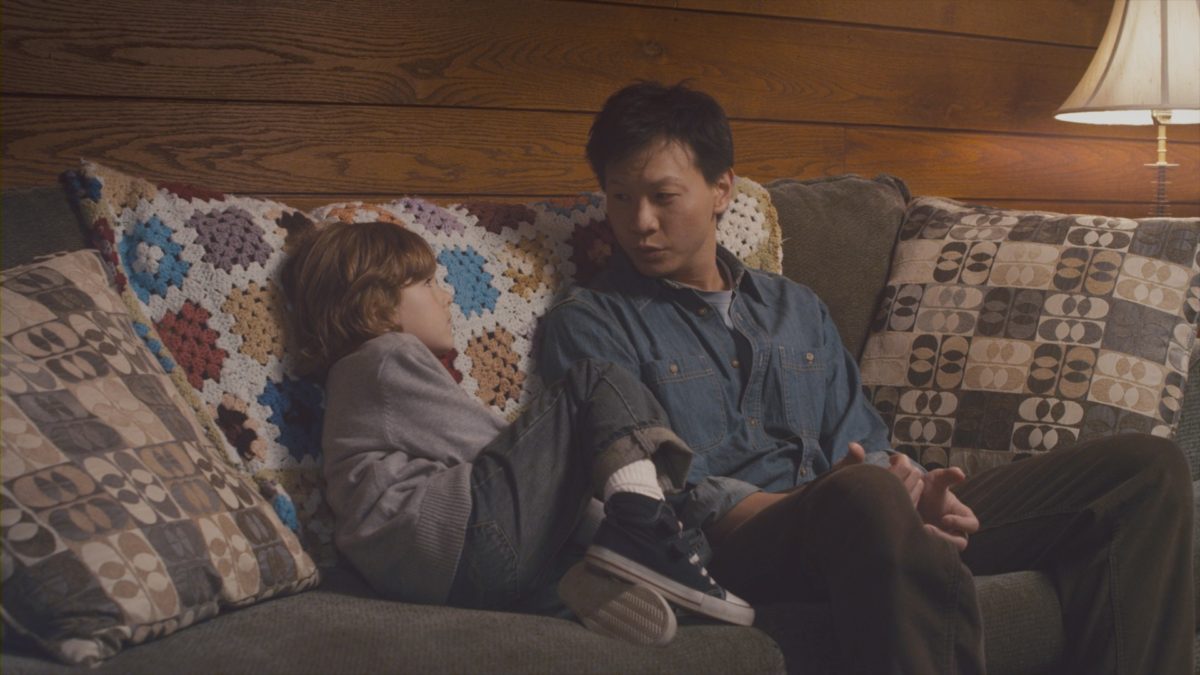
As others have noted, you could read In the Family’s synopsis and expect you’re in for a Lifetime movie. The film is earnest and heartfelt, but there’s never a whiff of sentimentality. Your visual approach helps a lot, but you and the other actors are ultimately what holds it all together. How do you work with your actors to reach the appropriate emotional register without going too far?
That’s an interesting question and the holidays are an interesting time to ask it. There’s a lot of talk of Lifetime movies around this time of year. I have friends who love them and I don’t want to speak badly of them. In general, I think the reason they get the reputation that they do is twofold. The first issue is that they’re earnest. They don’t pretend to be particularly sophisticated in terms of complexity about this or that. I think that’s actually an aspect of them that I like. The other issue is that they can be flat in how they express the depth of emotional experience, the human experience. They kind of move along with a formula and that’s the less interesting thing about them. It’s very easy to avoid those cliches when they don’t interest you — when you start to think about different ways to behave, surprises. In real life people surprise you, they have private lives that might surprise you if you had a little more access. When you find yourself in that territory, it’s very interesting in both fiction and real life. When you have that written — those spaces — a scene is more open. There are many possibilities for interpreting what people mean by what they’re doing. Actors pick up on that and good ones really love that. They love not just giving a speech to define themselves, but really moving through something without maybe even realizing they’re moving through it.
So much of our investment in Joey’s relationship with Cody and Chip and, by extension, our investment in the film itself comes from the first 10 minutes. It’s really the only look we get at the family unit together. How did you build such a credible sense of rapport?
We started quite early with rehearsals. They were spaced out a couple months before the shoot. For the first one, I went to Coney Island with Trevor and Sebastian. We just spent the day together out at Coney Island. We went to the aquarium to feed the sharks and just kind of got used to each other. I think for Sebastian especially I wanted to ensure there was an experience outside of rehearsal, a reminder that we had all really shared a life experience and spent time together.
For me, In the Family really starts to sing around 45 minutes in when we get the first flashback, a look at Joey and Cody’s first meeting. Though it’s inspired by the action on screen, it’s also sudden. We haven’t seen anything like it yet and there are no cues that bring us into the past. Were there any filmmakers whose approach to memory and personal history you found inspiring?
Not so much for In the Family. I really wasn’t well-versed in film at the time, but I’d watched a lot of TV and I knew about the flashback structure on TV. I wasn’t very interested in that. The aesthetics of the first film ask a lot of questions about fundamentals, things like cutting and coverage, the cut as the edge of a seam. I was very careful because when tools are new you’re kind of in awe of them. In general, I wanted to have a reason to do something as opposed to just falling into conventions. The flashbacks are a good example. They don’t have the standard indicators because I asked myself to have a reason for using them, but never felt like they added much to the film. I thought they were much more interesting coming and going, kind of slipping in just when you need them.
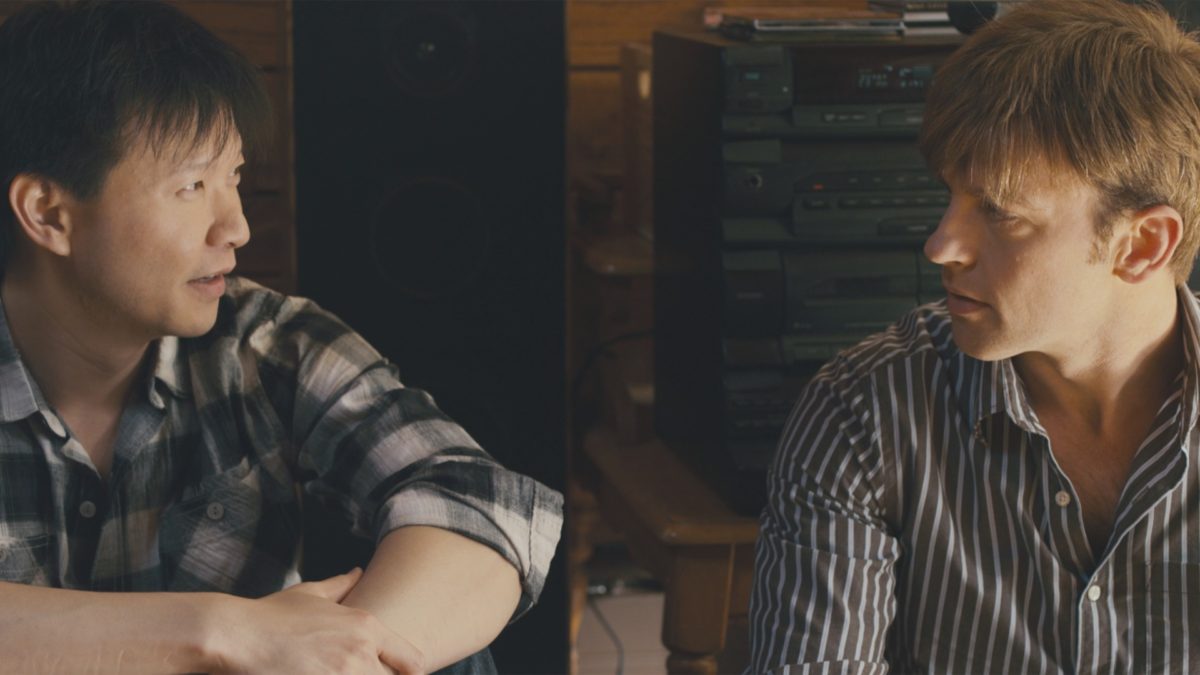
It’s refreshing when a filmmaker trusts the audience to keep up — and it’s rare. The Thanksgiving flashback hit especially hard in a year of socially distanced holiday festivities. It’s an emotional wallop without leaning on a sepia tone.
That’s a good example of an instance where the context, what the flashback sits next to, is just as important as the flashback itself. If it’s there in the writing, you don’t have to do much else. I’ve gone to a lot of screenings with the film and I remember noticing once that someone jumped at the end of the last flashback. I asked them afterward, ‘Why did you jump?’ They’d forgotten it was a flashback!
Another thing you’re careful about is providing character details. Like the flashbacks, they come in waves. It’s not always obvious how characters are related to one another and even less obvious how they feel. Even the film’s resolution doesn’t provide every answer. To what extent do you encourage actors to fill in these details themselves?
I think every actor is different, so I try to move to the actor. If they have a lot of questions, I work with them to answer those questions; if they prefer to build a backstory on their own, I let them do that. Unless it’s manifesting in a way that I feel is ‘off,’ I’ll let them follow their usual process. Sometimes you get something unexpected that you realize will work really well. I’m not a director who goes in and prescribes a process for filling in the blanks. As an actor — and even as a writer — I often realize that I haven’t filled in the blanks.
The Grief of Others (2015)
Wang’s follow-up to In the Family also focuses on children and parents in crisis. Save for the presence of Trevor St. John, the similarities mostly stop there. More internal, compact, and visually inventive than its predecessor, The Grief of Others provides another reminder that Wang is a filmmaker capable of both intense restraint and immense emotion.
Superficially at least, The Grief of Others covers much of the same territory as In the Family. Was that something that affected your approach to the new material?
The material is similar in many respects and it did seem like a potential problem. The question I put to myself was, ‘What about this will be new for me?’ Because when you’re working independently — and it’s going to be a long process — you need some spark, some fire, some curiosity to sustain you. I think there was something new spiritually and that’s the beauty of the novel. What we tried to capture in the film is this really generous, wonderful lesson about people and about grief. I didn’t have that kind of understanding of grief in my first film. The spiritual essence of the process was new. I also wanted to adapt it because it kind of boggles my mind how most people adapt literary works. I thought, ‘Let me try it myself, maybe there’s something I don’t understand.’ It struck me as an easy novel to adapt in some ways. Certain passages are written like scenes. They perform really well. At the same time, it’s a very long novel, it’s quite interior, and it’s structurally complex. It jumps through time and between people and I thought that all of that would present a fascinating aesthetic and structural challenge.
You noted that the novel is especially long, but the film is notably shorter than your others. Was the more concise runtime a challenge you set for yourself from the start?
It’s probably the most experimental of my films and definitely the most non-linear. And I think when something is this experimental — or this fragmented — you either need something to pull it together or you need to keep everything within a tight timeline. I think for all of the pieces to exist next to each other and for you to be able to live with the experiment, it needs to have a tight timeline. Based on the more experimental, fragmented approach I wanted to use, I knew from the beginning that it had to be tighter.
You’ve discussed the fact that you’re not really a cinephile, or at least that you’re relatively new to cinephilia. What films or filmmakers did you discover between In the Family and The Grief of Others?
After In the Family, I know I started watching films that I’d never seen from filmmakers I’d been compared to. Edward Yang and Hou Hsiao-hsien were big ones, though I can’t quite remember if it was between the two movies or during the production of Grief. I love Rene Clair, Luchino Visconti, and Jacques Tati, and they were all filmmakers I discovered somewhere between the release of the first two films. It wasn’t just that I discovered new films. In that time, I also started to see old films differently. One example is The Hired Hand (1971). I’d seen it a decade earlier and the rewatch gave me the idea that it would be a useful reference for The Grief of Others.
Related: Joel Potrykus: The Split Tooth Interview
There’s a special feature on the A Bread Factory Blu-ray about Hecuba and the translation used in the film. Some of your comments about adaptation just now remind me of what you had to say about trends in translation. Are any of your complaints at all consistent across the two fields?
There is something a little similar in my complaint. In adaptation, I think people often depict acts — climactic actions or series of actions — in a way that robs us of the contexts from which they spring, the aftermath of those acts, and the emotional shape around them. That’s one of the wonderful things about reading, how something is opened up to you. It’s not just about what happens in the end. It’s about how it happens, how it surprises you. I think some literary translation has some of the same problems. I’ve learned Russian during the pandemic and started translating Russian poetry. In the conversation around it, I’ve noticed that some people get wrapped up in one technical element of a sentence without thinking about the elements that surround it and the context that builds up to it. A very simple example is that a lot of Russian poetry rhymes. A lot of the conversation about it focuses on the rhymes as opposed to the other technical elements — the meter, the syllables, the process leading up to the rhyme. How does the rhyme enter the sentence? What leads up to it? Adaptation and translation are often similar in that respect. Good examples don’t focus on what may seem like the ostensible event. They think about how you feel, the process of how it’s revealed to you. One of the most satisfying responses to The Grief of Others was when the novelist Leah (Hager Cohen)’s longtime editor saw the movie and said, ‘I didn’t expect the same experience. It’s not the same material beat-by-beat, but I had the same experience with the movie as I had with the book.’
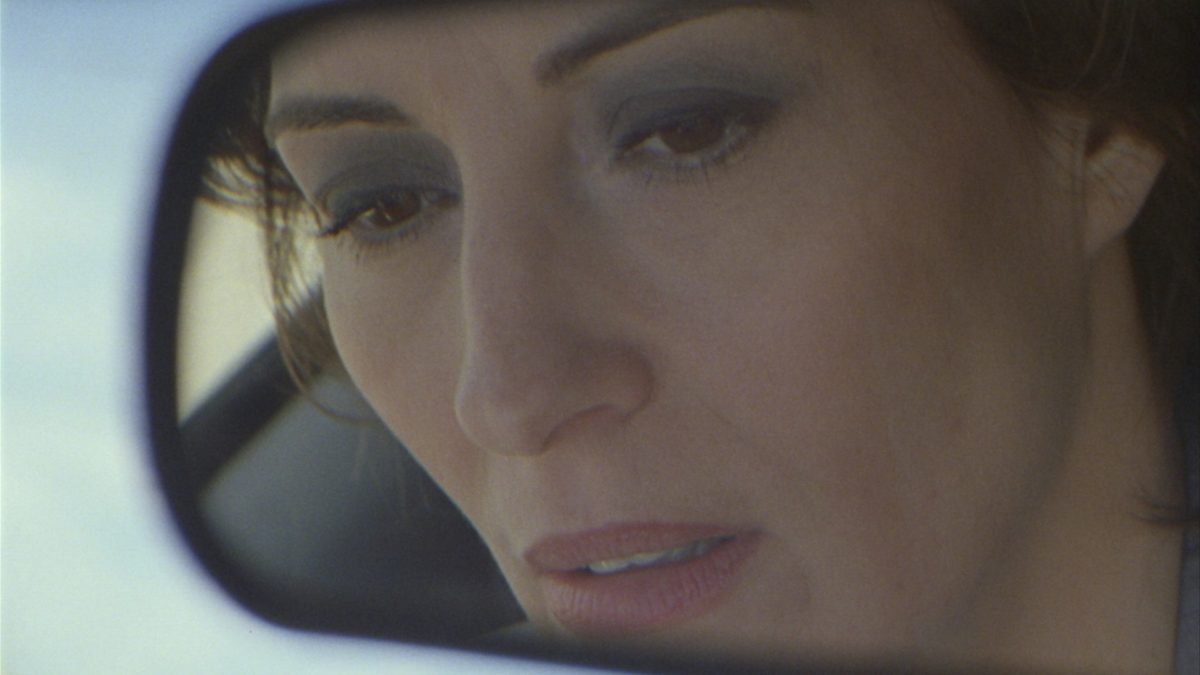
Much like in In the Family, memories often intrude upon the action, but you don’t cut away. Here, they’re more often represented through voiceover and superimposition. Was that an attempt to replicate the language or structure of the book, the result of a challenge for yourself, or something different altogether?
For me, that stemmed from simple human psychology. I think the thematic material we were working with had a lot to say about how the past intrudes on the present, how it’s layered in and changes the way you see something. If you say something, for example, that sparked a memory, it may live with me for a few moments. That’s life; we talk to people and layer all sorts of stuff onto them throughout the day. That element of human psychology was very interesting to me and it fit the novel’s material. It was an interesting aesthetic thing to play with throughout, the simultaneity. It was also interesting because we were shooting on film. We were shooting Super 16 in some cases and Super 8 in others; mixing them created something that wasn’t quite either. Because of the medium we were working with, it was a very unique opportunity to play with the different materials. That was another argument for some of the techniques we used to let two things live at once.
You and your cinematographer Frank Barrera share a title card in the opening credits. That doesn’t happen all the time. Could you describe your collaboration and the decision to share billing?
Making my first film, my producer and I spent a lot of time trying to get people to sign on. All these conversations came up about billing and billing cards. I thought it was the silliest of all the silly things I encountered. It seemed strange to have these conversations at the independent level. I guess I first did it as a way of saying, ‘I don’t care about billing. Why should anyone else?’ I got in the habit of sharing cards and I don’t insist on crediting myself for all the behind-the-scenes roles I play. Another reason is that Frank and I do have a unique collaboration. Sometimes I’ll forget exactly where an idea came from or who was responsible for executing on it. He was a very generous partner from the beginning. I think one of the luxuries I had as a first-time filmmaker was that I had a cinematographer who never reminded me of that fact. He was a responsible department-head. When we were deviating from the norm, he would express why things were typically done a certain way. He never pushed that, however, and would never judge any of my crazy ideas without considering them and trying to run with them. That was essential during the first film and it let us do different things in the second and subsequent films.
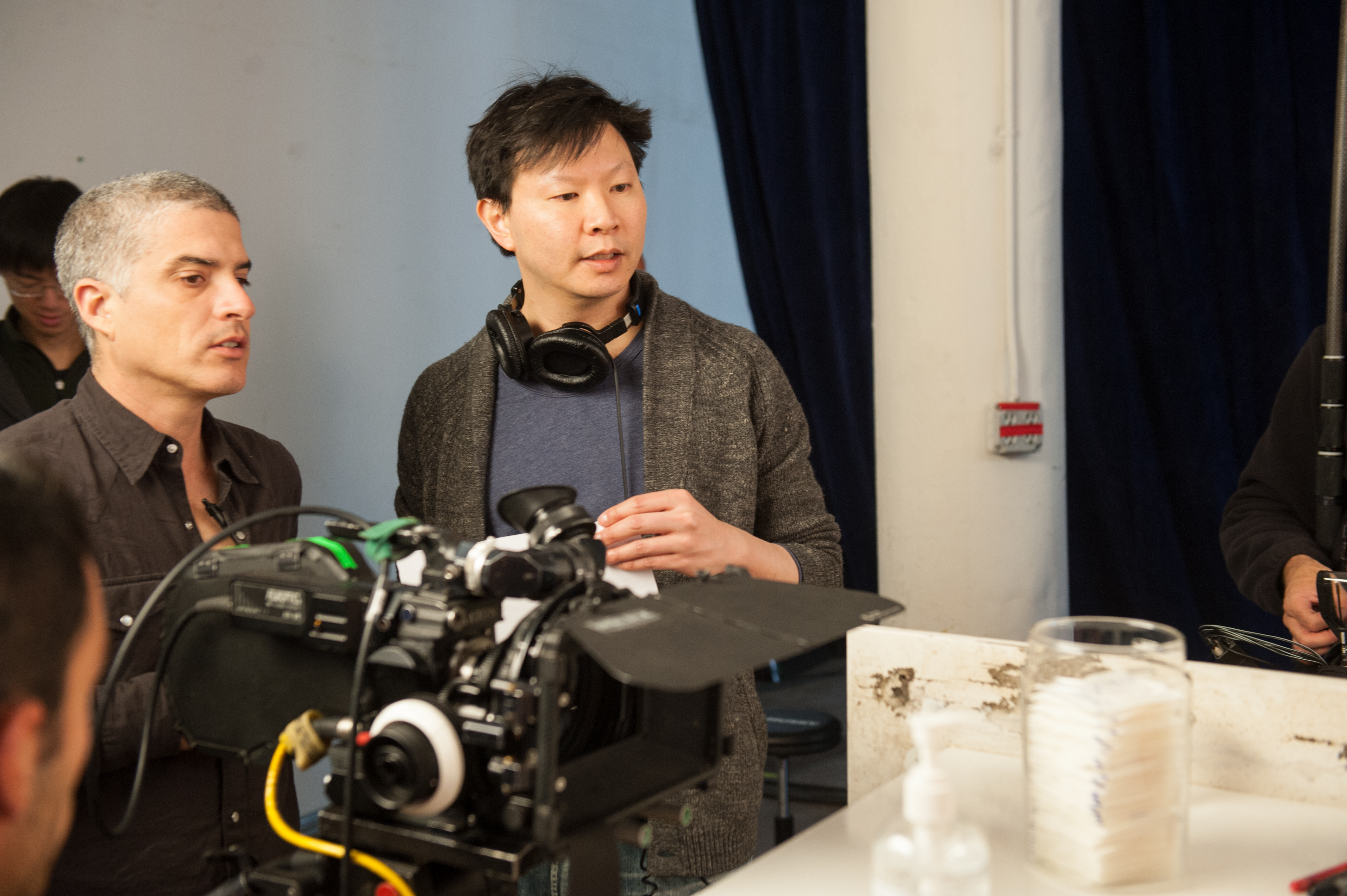
Superimposition is an important part of the film’s final shot. This last sequence seems to stop just short of a traditional resolution. Why the decision to deny the viewer the final bit of closure?
I think if I showed you what happens after the family returns home it would have been pretty unsatisfying. There’s been a spiritual opening up with the help of that superimpositon and I think returning to the everyday would close it off. It made sense to disrupt what might be considered the normal trajectory there.
The film finally made its theatrical debut in the U.S. more or less alongside your followup. What was the process of distributing The Grief of Others like?
You can never predict these things. For a long time, In the Family never played anywhere internationally. It had played a few international festivals, but never played theatrically outside the U.S. Years later, this great French company ED Distribution didn’t care that it was an old movie or that nobody in France knew anything about it. They loved the movie and they put it out. They put out The Grief of Others almost immediately afterward, the next year. It had a real life there. More people saw The Grief of Others, probably, than any of my other movies and it’s because of France. It pretty much had no reception here. It was very hard to get it into theaters and I tried a few things, but I pretty much saw that there was not much momentum behind anything here. I figured, ‘Well, the movie lives. It had a very nice life in France, more people saw it than my first movie.’ So, I was kind of fine with just letting it live there for the moment.
When it came time to release A Bread Factory, it became apparent that the best option in the U.S. would also be to release it myself. I thought that maybe — if we were going to go through all the trouble — we should combine them to give The Grief of Others a release as well and see if we could get a little conversation. There weren’t a lot of people, but the people who wanted to see the film got a chance to see it in theaters.
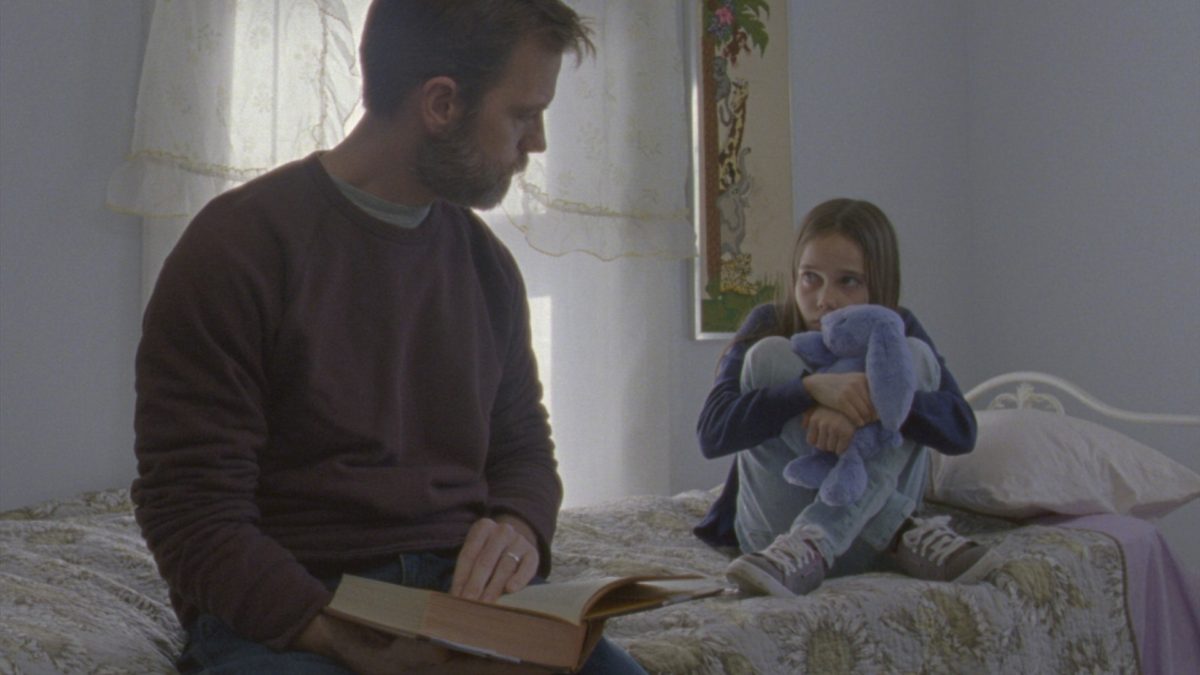
Read part two of Wang’s interview here
Stream In the Family on Amazon Prime
Stream The Grief of Others on Amazon Prime
Stream A Bread Factory, Parts One and Two on Kanopy
Purchase A Bread Factory on Blu-ray/DVD
Stay up to date with all things Split Tooth Media and follow Bennett on Twitter
(Split Tooth may earn a commission from purchases made through affiliate links on our site.)
Follow our series of The Best of the 2010s in Film here:


